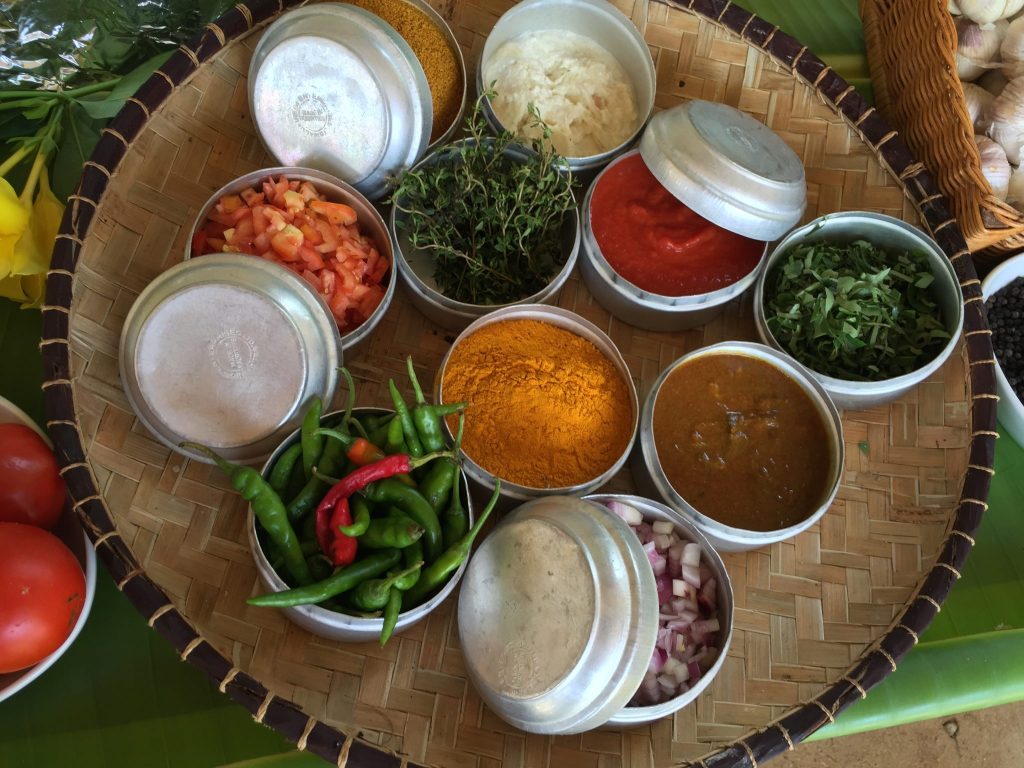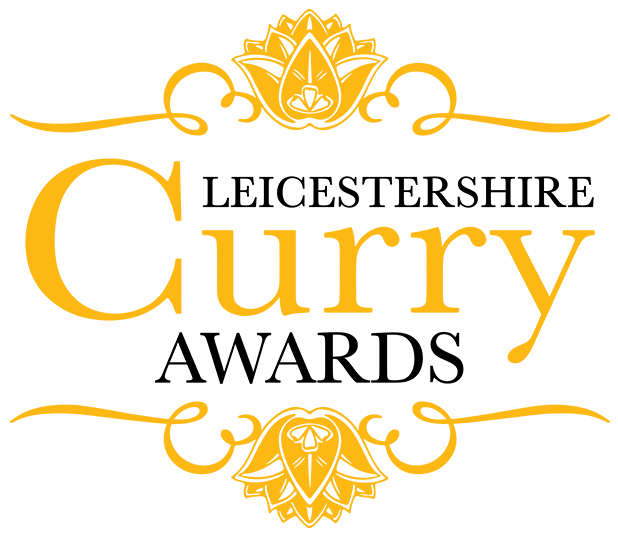It’s no secret that Brits love a Friday night curry mopped up with fluffy naan bread; it’s so popular that chicken tikka has been called a national dish in but where did the word ‘curry’ come from and how did the food make it to our shores?

The origin of curry is likely to have begun when the Portuguese arrived in India in the 15th century. They described broths poured over rice as ‘kari’ from the Tamil word which means sauce/relish. The Dutch and French soon followed in India and the idea of Indian food for non-Indians began. The cuisine did of course evolve along the way and one significant development was the introduction of chillis and pepper from the Portuguese which inevitably found its way into local cuisine.
The British changed the word ‘kari’ to ‘curry’ when they colonised the Indian subcontinent so the arrival of curry to the UK was a direct result of the rise of the British Empire. Many British officials moved to India and soon the charm of the food had them hooked. With time, local dishes evolved to suit their palates – yhis was the beginning of the modern curry as we know it today. Traditional Indian food on the other hand remained quite different.
When the British officials eventually came back to the UK so did their Indian cooks as well as these new Anglo Indian dishes. In 1747, English cookery writer, Hannah Glasse included the first known recipe for modern ‘currey’ in her cookbook, Glasses’s Art of Cookery and then in the late 1700s, the first Indian restaurant opened in Britain. The Hindustani Coffee House was opened near Portman Square in London’s Mayfair by Dean Mahomed, a wealthy immigrant from Bengal.
It was in the 20th century that Indian restaurants began to pop up by boatmen and sailors from East Pakistan, now known as Bangladesh. They had worked on British ships and remained in Britain after World War II, some out of choice and some were encouraged to fill vacancies due to a labour shortage after the war.
There were plenty of bombed out cafes and restaurants so armed with their culinary skills, they set up new Indian eateries post war. Initially they catered to South Asian immigrants, students, factory workers and others who had fled their country due to war. Many people were homesick so the demand for Indian food was huge but by the 70s, the popularity boomed with the working class white population due to the affordable prices and menus were adapted to cater for this new customer.
Here in Leicester we have around 234 Indian restaurants according to a 2022 study by Remitly, which studies global cuisine outside of its country of origin. At any time you can find a variety of curries across the city and county including, Gujarati, Nepalese, South India, Pakistani, Sri Lankan, Bengali, Goan, Maharashtran, Punjabi, Kashmiri, Bangalori, Northern Indian, Rajasthani and Gorkhali to name just a few.
DID YOU KNOW?
- The first fine dining Indian restaurant Veeraswamy opened in 1926 and is still open today. Customers have included Marlon Brando, Winston Churchill, Indira Gandhi and Charlie Chaplin.
- Queen Victoria’s fondness for India played a significant role in popularising Indian cuisine in Britain. She was an adventurous eater and apparently after tasting her first curry, enjoyed one for lunch every day.
- Some believe the origin of chicken tikka in Britain started in Scotland when a Bengali chef was told his chicken dish was too dry. The head chef heated up a tin of tomato soup and tipped it over the chicken with a yoghurt and coriander garnish.
- The world’s largest naan bread was made in 2016 in Toronto, Canada. The naan bread weighed 32kg and measured a whopping 4.96m in length and 1.26m in width.





